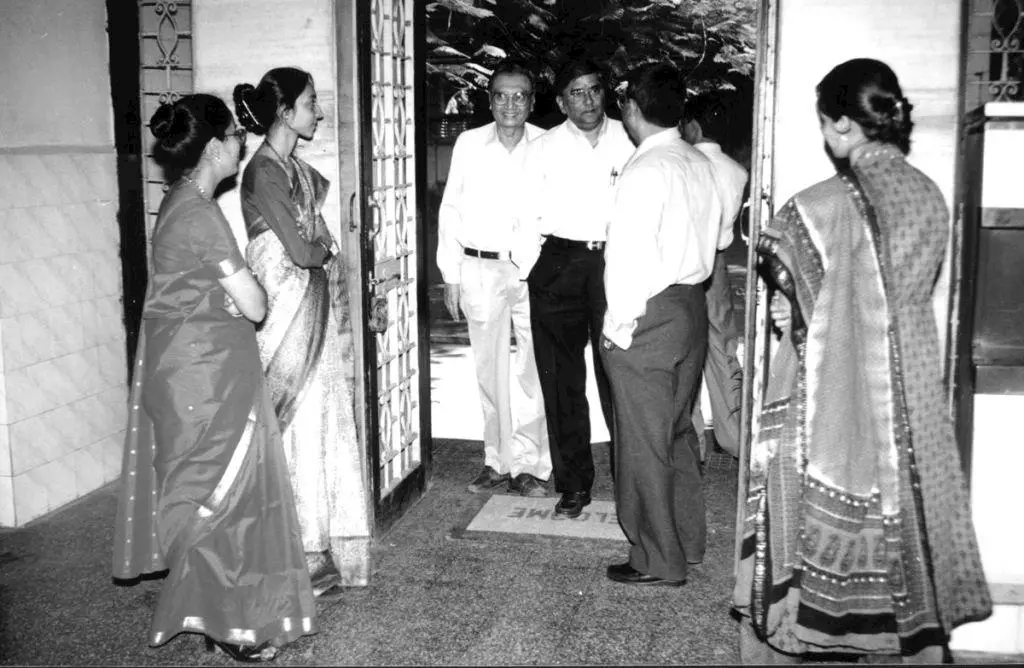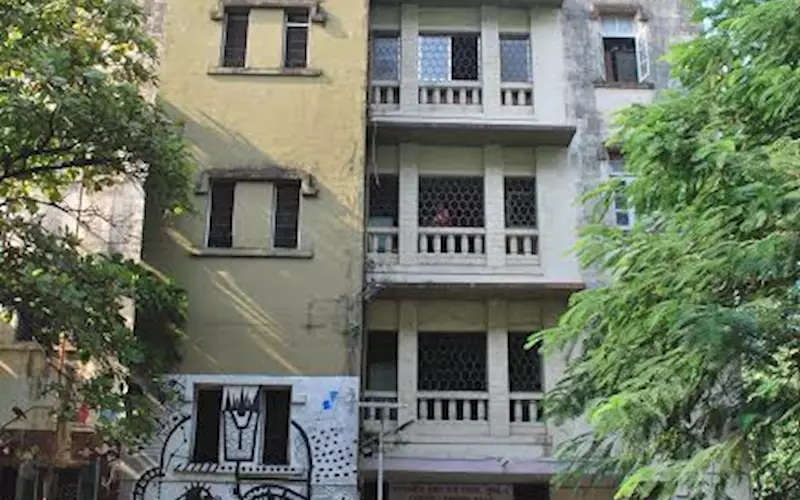Training and knowledge is the true capital of any industry. In fact rarely in history has any tradition emerged as fast the institution of training and education. In less than 150 years, training institutes have transformed the social and economic fabric of the world’s developed countries.
And in these 150 years, the fundamental task of training and education remains the same: to make people capable of joint performance by giving them common values, common goals, the right structure; and the technique to withstand – and cope with – change. But the very meaning of training and education has changed; if only because of the work-force has been converted from one largely of unskilled labourers to one of highly educated knowledge workers.
And this, is the paramount encumbrance with the Government Institute of Printing Technology; the students who graduate from it (inasmuch as other print institutes), are ill-prepared for the tremendous challenges that come upon them. They barely realise the capabilities – or incapabilities - of the technologies.
The Bombay Master Printers Association makes the following recommendations:
Syllabus
The problems that students face do not come from technology or a rapidly changing world. They do not originate outside of management and administration. They are problems caused by the limitations of the syllabus.
Today, there’s a widening gap between the education of the institute and the industry requirements. The syllabus which was last updated in 1995, will have to be reviewed and made up-to-date.
Infrastructure
Knowledge has become the centre of capital investment. Japan invests a record 16% of its annual GNP in education which includes schools for the young, training & teaching of adults. And the United States puts an even larger share – roughly 20% - of its much larger GNP into education and training.
In June 1995, autonomy was granted to the Government Institute of Printing Technology. The Institute now raises its own finances, of which 50% accruement is transferred to the Government. This is a pity, since it prevents the optimum utilisation of valuable resources. Further, the entire functioning of the Institute is discussed and approved by the various committees and as per Government norms. This prevents the Institute into becoming a truly progressive outfit which is outward-looking and modern.
Prashant Atre, managing director, Toyo Ink Arets at GIPT
Human Resources
The most important thing about any training institute is that there are no results inside its walls. The result of an institute dedicated to the printing industry is in having a satisfied customer. Just as a result of a hospital is a healed patient. Similarly, the result of the Government Institute of Printing Technology is a student who has learned something and puts it to work ten and perhaps even twenty years later. For this to transpire, the Government Institute of Printing Technology will have to enable the enterprise and each of the members in its faculty to grow and develop as needs and opportunities change. This means that training and development must be built into it on all levels – training and development that never stop.
The Government Institute of Printing Technology faculty consists of full-time and part-time professors. The skills of these professors will have to be improved. Simultaneously, as is the practise, the world-over, the GIPT will have to have a team of visiting faculty. This would be professionals and specialists from within the industry.
Technology
The new challenge in the printing industry is to shape dynamic conditions of engineers and specialists. New equipment is not simply a physical asset, it is an intellectual asset. Programmable automation demands a much more interactive decision-making and tight functioning among corporate functions. It also demands attention to non-financial, long-term considerations.
The Government Institute of Printing Technology will have to install the newest and best of machines, since most of the presses and prepress bureaus in Mumbai possess the best of equipment.
The Future
The role played by the Government Institute of Printing Technology is crucial. It defines the future of the industry in Mumbai. If Mumbai intends to hold on to its status of the commercial capital of India, it is imperative that the GIPT produces the best of personnel for the future. Already states like Karnataka have set-up Institutes like MIT which are modeled on international modules. Surely, we cannot expect Mumbai to lag behind?
It is becoming increasingly difficult for a developing countries like India to catch-up with the major economic powers. One cannot become a big power by tracing the evolution of enterprise and management that is, by starting with nineteenth and early twentieth century industries and productive processes based mainly on a manual work-force. Hence, The Bombay Master Printers Association believes that strategy at the Government Institute of Printing Technology will have to be different. We have to incorporate advanced production and distribution processes.
Today, because of the automation information and advanced technology, there is a demand for trained people in all areas of management. And this is what the Bombay Master Printers Association has in store for the Government Institute of Printing Technology. After all, in the modern society of enterprise and management, knowledge is the primary resource and society’s true wealth.














 See All
See All